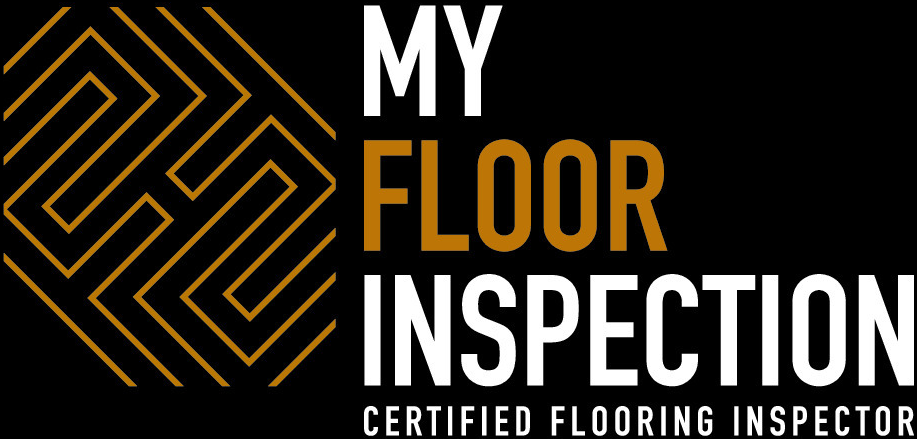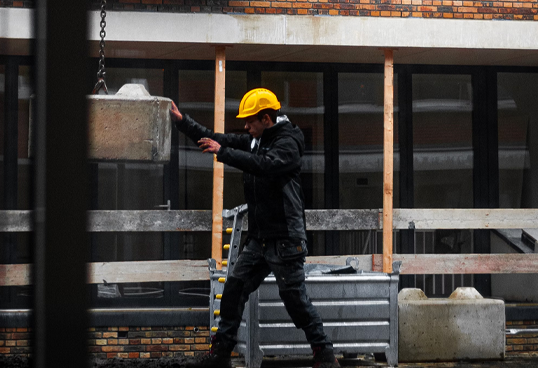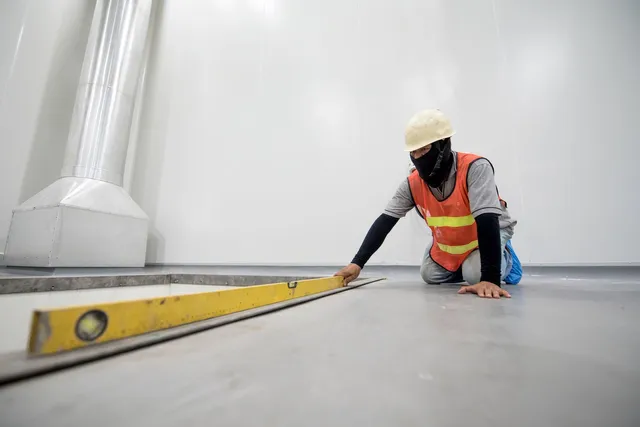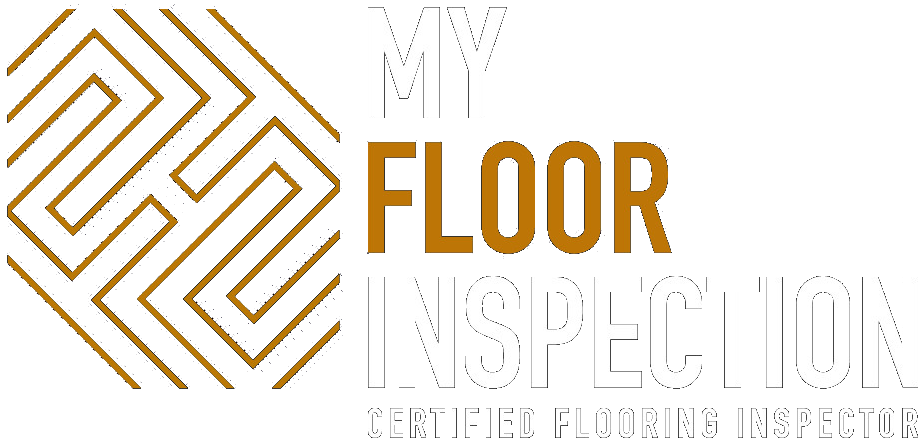Here’s What You Need to Know
If you’re a homeowner noticing warped boards, a contractor preparing for a big flooring job, or a real estate agent trying to avoid last-minute surprises — this guide is for you.
At My Floor Inspection, we’ve helped hundreds of clients across Southern California protect their floors (and their wallets) through honest, certified inspections. This blog answers all your questions and shows you why flooring inspections are one of the smartest investments you can make.
What Is a Floor Inspection and Who Needs One?
A floor inspection is a professional evaluation that helps figure out what’s really going on beneath your feet. It’s more than just a visual check — we use tools, measurements, and guidelines to uncover the root cause of flooring problems, whether it’s due to installation, product quality, or site conditions.
You might need a floor inspection if you’re:
- Seeing soft spots, noise, or floor movement and want to know why
- Spotting cupping, buckling, or warping in your hardwood or laminate
- Dealing with discoloration, mold, or ripples in your vinyl or carpet
- Experiencing moisture issues and aren’t sure where it’s coming from
- Noticing cracked tiles or grout failure and suspect poor installation
- Getting pushback from a contractor, installer, or flooring distributor — and need a third-party expert opinion
- Comparing or reviewing another inspector’s report that doesn’t make sense
- Trying to settle a dispute over a flooring issue between homeowner, contractor, or manufacturer
- Filing a warranty or insurance claim and need unbiased documentation
- Looking for guidance on floor maintenance or preventing future problems
- Needing formal documents for expert witness testimony in legal or insurance matters
- Planning a renovation or flooring replacement and want to ensure the subfloor is ready
Floor inspections give you real answers so you can protect your investment, avoid blame, and plan your next steps with clarity.
Inspections are available for all floor types including hardwood, vinyl, laminate, tile, marble, and carpet.
What’s Included in a Certified Floor Inspection?
Our floor inspections cover every detail and provide actionable insights. Depending on your needs, we offer:
- Certified floor inspector California expertise
- Pre-installation floor inspection for moisture and flatness
- Post-installation floor inspection for defects and compliance
- Subfloor readiness inspection before new flooring
- Concrete moisture testing LA using ASTM methods
- Wood moisture content testing for hardwood floors
- Floor installation error assessment
- Buckling floor inspection LA for movement or warping
- Detailed flooring inspection reports with images and test results
- Professional floor inspection LA that stands up in claims or legal disputes
You’ll also receive personalized floor maintenance recommendations LA based on your material and environment.
Homeowners: Why You Shouldn’t Ignore Floor Problems
Even if your floors look fine, they may be hiding issues that only become obvious when it’s too late. Early detection can save you thousands in repairs, protect your health (in the case of mold or moisture), and help preserve resale value.
We specialize in:
- Residential floor inspection Los Angeles
- Flooring defect inspection Los Angeles
- Moisture damage floor inspection
- Flooring warranty inspection LA
- Floor assessment Los Angeles
Contractors: Protect Yourself and Your Clients
Many flooring failures are blamed on the installer — even when it’s not your fault. Our inspections provide independent documentation to prove what really happened.
We help contractors with:
- Flooring quality control services
- Flooring issue resolution LA
- Commercial floor inspection LA
- Floor system evaluation Los Angeles
- Wood floor inspection expert LA
Inspecting All Floor Types
We inspect every major flooring category with precision. Here’s a deeper look at the most common flooring issues by type — and expert tips on how to maintain them long-term.
Top 5 Hardwood Flooring Issues and How to Fix Them Like a Pro
- Cupping or Crowning – Caused by moisture imbalance. Fix with humidity control and possible sanding.
- Seasonal Gaps – Due to expansion and contraction. Maintain consistent humidity and fill large gaps with wood filler.
- Surface Scratches – From pets or shoes. Use wood touch-up kits or screen and recoat.
- Squeaky Boards – Can be nailed down or lubricated from below.
- Discoloration – Often caused by sunlight or water. Sanding and refinishing may be required.
Maintenance Tips: Keep humidity at 35–55%, use pads under furniture, and avoid water or steam cleaning.
Top 5 Laminate Flooring Issues and How to Fix Them Like a Pro
- Peaking Joints – Caused by no expansion gap. Trim edges to relieve pressure.
- Buckling – From moisture. Replace affected planks and resolve moisture source.
- Scratches – Use laminate repair kits or replace damaged planks.
- Separation – Often due to subfloor movement. Reinforce subfloor and click planks back.
- Soft Spots – Caused by underlayment failure. Replace underlayment and reinstall flooring.
Maintenance Tips: Dry mop regularly, avoid wet mopping, and use rugs in high-traffic areas.
Top 5 Vinyl Flooring Issues and How to Fix Them Like a Pro
- Curling or Lifting Edges – Re-glue and use a weighted roller.
- Discoloration – Caused by UV or harsh cleaners. Use blinds and pH-neutral cleaner.
- Indentations – Use protective pads and replace damaged sections.
- Peeling Layers – Replace affected area and avoid water intrusion.
- Gaps at Seams – Fill with seam sealer or replace affected planks.
Maintenance Tips: Avoid bleach or vinegar, clean gently, and allow full acclimation before install.
Top 5 Tile, Ceramic, and Marble Flooring Issues and How to Fix Them Like aPro
- Cracked Tiles – Replace damaged tiles and investigate subfloor movement.
- Grout Crumbling – Re-grout with a flexible product.
- Loose Tiles – Reinstall with proper thinset.
- Hollow Sounds – Injection repair or lift and reset.
- Stains on Natural Stone – Clean with a stone-safe pH-neutral product.
Maintenance Tips: Seal grout and marble annually. Use non-acidic, tile-safe cleaners.
Top 5 Carpet Flooring Issues and How to Fix Them Like a Pro
- Rippling or Buckling – Stretch the carpet professionally.
- Stains and Odors – Use enzyme cleaners or steam clean.
- Matting in Traffic Zones – Rotate furniture and deep clean regularly.
- Mold/Mildew – Remove padding and dry thoroughly. Replace if contaminated.
- Fraying Edges – Trim and seal with carpet binding tape.
Maintenance Tips: Vacuum weekly, get a professional cleaning every 12–18 months, and use dehumidifiers when needed.
We inspect every major flooring category with precision. Here’s a deeper look at the most common flooring issues by type — and expert tips on how to maintain them long-term.
Hardwood Floors
Common Issues:
- Cupping or crowning from moisture imbalance
- Gaps caused by seasonal humidity changes
- Surface scratches from furniture or pets
- Squeaking due to loose boards or subfloor issues
How to Maintain:
- Keep humidity between 35–55% to prevent expansion/contraction
- Use furniture pads and remove shoes indoors
- Clean with hardwood-safe products (avoid water or steam)
- Refinish every few years to restore appearance
Laminate Floors
Common Issues:
- Peaking at joints from tight installation
- Buckling from water exposure
- Scratches from debris or dragging furniture
How to Maintain:
- Sweep/vacuum regularly to remove grit
- Use a damp mop (never wet)
- Avoid installing in high-moisture areas like bathrooms
- Use area rugs in high-traffic spots
Vinyl Floors (SPC/WPC/LVT)
Common Issues:
- Curling or lifting edges
- Discoloration from UV exposure or cleaners
- Indentations from heavy furniture
How to Maintain:
- Avoid rubber-backed rugs (they stain)
- Use felt pads under furniture
- Clean with pH-neutral cleaner (no bleach)
- Allow proper acclimation before installation to prevent shifting
Tile, Ceramic, and Marble
Common Issues:
- Cracks from subfloor movement or improper mortar
- Grout deterioration
- Hollow sounds (indicating poor bond)
How to Maintain:
- Seal grout and stone periodically (every 1–2 years)
- Use non-acidic tile cleaners
- Fix loose or cracked tiles early to avoid widespread damage
- Maintain proper subfloor prep to prevent movement
Carpet Flooring
Common Issues:
- Rippling or buckling from poor installation
- Odors from pet stains or moisture
- Matting in high-traffic zones
How to Maintain:
- Have carpets professionally cleaned every 12–18 months
- Use dehumidifiers to prevent mold and mildew
- Vacuum weekly and rotate furniture
- Stretch carpets periodically if ripples appear
Our certified inspections cover all materials, including:
- Hardwood floor inspection Los Angeles
- Laminate floor inspection Los Angeles
- Vinyl floor inspection LA
- Tile floor inspection services
- Ceramic floor inspection Los Angeles
- Marble floor inspection services
- Carpet inspection Los Angeles
We understand how each material behaves — and how to detect, measure, and report issues accurately.
We Serve the Greater Los Angeles Area
We proudly serve:
- Los Angeles County
- Ventura County
- Orange County
- Riverside
- Pasadena and surrounding areas
Ready to Book an Inspection?
We make it easy. You can:
- Schedule online
- Upload floor photos
- Select your inspection type
- Receive a full PDF report within 2–3 business days
Whether you’re concerned about floor damage, preparing for a new install, or just want peace of mind — we’re here to help.
👉 Book Your Inspection Now 📞 Or call us for a quick consultation!





